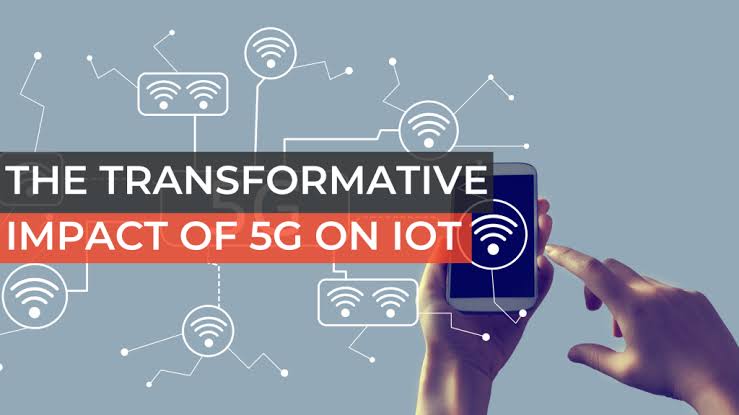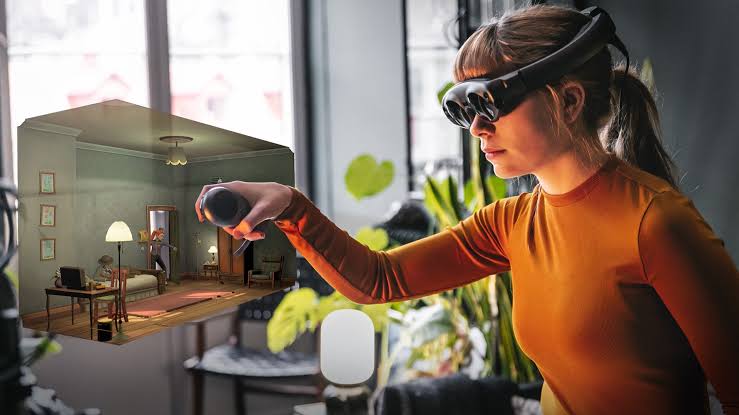The rollout of 5G technology has opened a new era in digital connectivity, transforming how gadgets are designed, used, and integrated into daily life. Unlike its predecessor 4G, 5G offers significantly higher speeds, lower latency, and the ability to connect millions of devices simultaneously. This evolution is not only improving existing gadgets but also inspiring entirely new innovations that were once considered impossible. Today, the impact of 5G on gadget innovation is being felt across industries, reshaping the way people interact with technology.
Faster Connectivity for Smarter Gadgets
One of the most obvious advantages of 5G is its blazing-fast speed, which has enhanced the functionality of gadgets. Smartphones, tablets, and laptops are now able to stream ultra-high-definition content, download large files in seconds, and support cloud-based applications seamlessly.
This connectivity also extends to home entertainment gadgets like smart TVs and gaming consoles. With 5G, buffering and lag issues are minimized, allowing smoother gaming, faster updates, and high-quality video streaming. As a result, manufacturers are producing more powerful gadgets designed to take full advantage of these capabilities.
Driving Innovation in Wearables
Wearable gadgets such as smartwatches, fitness trackers, and health monitoring devices are evolving rapidly due to 5G technology. The ultra-low latency allows these devices to track, process, and share health data in real-time with healthcare providers. For patients with chronic conditions, this can mean quicker diagnoses, faster intervention, and better overall health management.
Wearables are also becoming smarter by leveraging 5G’s connection to cloud-based artificial intelligence. Fitness trackers can now analyze large volumes of data instantly, giving more accurate recommendations for training, wellness, and recovery.
Expanding the Internet of Things (IoT)
5G is the backbone of the Internet of Things, enabling gadgets across homes, offices, and cities to connect seamlessly. In smart homes, gadgets such as security cameras, thermostats, refrigerators, and lighting systems are more responsive and integrated thanks to faster data transfer.
Because 5G can handle massive device connections, it eliminates the delays often seen when multiple smart gadgets are in use. This makes automation smoother and more reliable, paving the way for fully connected environments where gadgets operate in sync to improve convenience, energy efficiency, and safety.
Advancing Augmented and Virtual Reality Gadgets
One of the biggest beneficiaries of 5G innovation is the augmented reality (AR) and virtual reality (VR) industry. Gadgets like AR glasses, VR headsets, and immersive gaming consoles rely heavily on high-speed, low-latency networks. With 5G, these gadgets can deliver real-time experiences without lag, which is crucial for user comfort and effectiveness.
For example, VR headsets powered by 5G can provide realistic training simulations for medical professionals, pilots, and engineers. AR glasses can enhance education, retail shopping, and even remote work by overlaying real-time information in the physical world.
Enhancing Mobile Gaming Devices
Mobile gaming is one of the fastest-growing markets, and 5G is driving the development of new handheld gaming gadgets. Cloud gaming services can now deliver console-quality experiences on smartphones or portable gaming devices without requiring high-end hardware.
Manufacturers are also releasing gaming gadgets with stronger integration to 5G, enabling multiplayer gaming with near-zero lag. This shift means gamers can enjoy immersive experiences from virtually anywhere, transforming the landscape of the gaming industry.
Transforming Healthcare Gadgets
In healthcare, 5G is revolutionizing medical gadgets used for remote monitoring, diagnostics, and treatment. Devices such as connected inhalers, glucose monitors, and wearable ECG monitors can now send real-time patient data to doctors for continuous assessment.
Surgeons are also experimenting with 5G-powered robotic gadgets for remote operations, where precision and low latency are critical. This has the potential to expand access to high-quality healthcare in remote or underserved areas.
Smart Transportation Gadgets
Transportation gadgets are also benefiting from 5G. Smart vehicle dashboards, navigation systems, and connected car gadgets rely on real-time data transfer to function effectively. With 5G, vehicles can communicate with each other and with city infrastructure, supporting safer driving and enabling autonomous vehicle technology.
Personal mobility gadgets like electric scooters and bikes can also integrate 5G for tracking, safety monitoring, and smart fleet management. These innovations are helping cities build smarter and more sustainable transportation networks.
Cloud Integration and AI in Gadgets
Because 5G enables faster access to cloud computing, gadgets no longer need to rely heavily on internal storage or processing power. This has allowed manufacturers to design lighter, more energy-efficient gadgets that still deliver high performance by tapping into cloud-based AI systems.
Smart assistants, learning devices, and even household gadgets like smart speakers are becoming more intelligent because they can process data instantly in the cloud. This integration creates a smoother experience for users while expanding the range of functions gadgets can perform.
Challenges and Considerations
Despite its benefits, the widespread adoption of 5G gadgets faces certain challenges. The cost of 5G-enabled devices is still relatively high, limiting access for some users. Network availability also varies by region, which means not all consumers can fully experience the benefits. Additionally, data privacy and cybersecurity are concerns as more gadgets become interconnected and reliant on continuous internet access.
The Future of Gadget Innovation with 5G
Looking ahead, the influence of 5G on gadget innovation will only continue to grow. Future gadgets are expected to be more compact, energy-efficient, and smarter as they rely more on the cloud and AI integration.
Developers are likely to push boundaries with foldable, wearable, and hybrid gadgets that combine multiple functions into a single device. With advancements in edge computing and 5G, gadgets may soon be capable of supporting holographic displays, remote surgeries, and immersive mixed-reality experiences in everyday life.
Conclusion
The impact of 5G on gadget innovation today is profound, reshaping everything from smartphones and wearables to healthcare and transportation gadgets. By enabling faster speeds, lower latency, and massive connectivity, 5G has created opportunities for devices to be smarter, more efficient, and more powerful than ever before.
As technology continues to evolve, 5G will remain a driving force in gadget development, unlocking possibilities that will transform industries and redefine how people live, work, and interact with technology.



